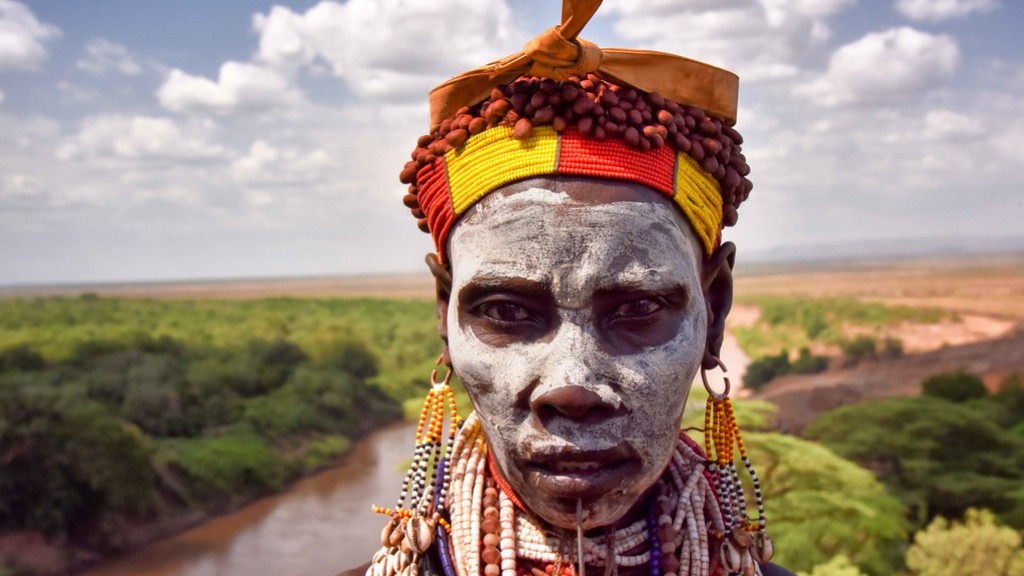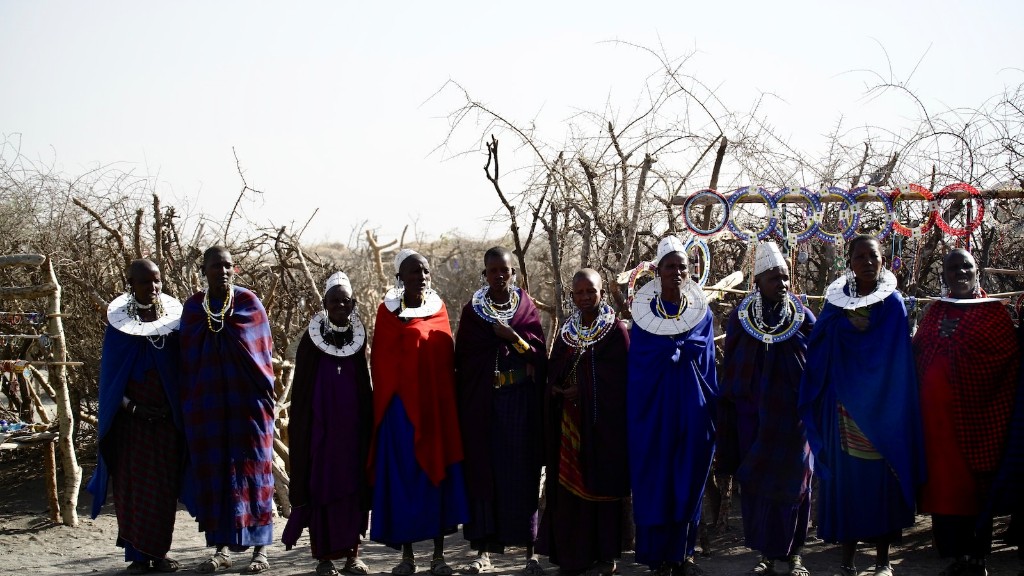African Tribe Sees Different Colors
Colors play a significant role in our daily lives, from influencing our mood to aiding in communication. However, did you know that there are people in the world who perceive colors differently? In an intriguing discovery, a small African tribe, the Himba people, have been found to perceive colors in a unique and distinct manner. This revelation challenges our conventional understanding of human color perception and prompts us to question the universality of visual experiences.
The Himba people, native to the northern regions of Namibia, have long intrigued scientists and researchers due to their remarkable ability to distinguish and name subtle shades of colors that are indistinguishable to the average person. While most languages around the world have only a few basic color terms, such as red, blue, and green, the Himba language has numerous specific words to describe different shades of colors, allowing them to navigate their vibrant environment with ease.
Dr. Jules Davidoff, a cognitive psychologist who has extensively studied the Himba people, explains that their unique color perception is a result of their environment and culture. He suggests that their way of life, which is centered around their traditional herding lifestyle, has shaped their visual perception. For example, their close connection to the land and their reliance on different types of vegetation for their livestock has given rise to a heightened awareness of various shades of green that could denote the availability of water and grazing areas.
Furthermore, the Himba people’s visual perception challenges the widely held notion that certain colors are universal across all cultures. While it is commonly believed that everyone perceives color in the same way, studies conducted on the Himba people have revealed a stark contrast in how they perceive colors compared to individuals from other cultures. This groundbreaking finding suggests that our perception of color is influenced not only by biological factors but also by cultural and environmental influences.
One theory that may explain the Himba people’s unique color vision is the Sapir-Whorf hypothesis, which posits that language shapes our perception of reality. According to this theory, the Himba people’s extensive color vocabulary allows them to make fine distinctions between colors that are not explicitly named in other languages, thus influencing their visual perception. This linguistic relativity offers a new perspective on the complex relationship between language, culture, and perception.
Moreover, the remarkable color vision of the Himba people has caught the attention of designers and artists worldwide. By understanding their distinct color perception, artists can gain insights into new color palettes and techniques, inspiring unique and culturally rich creations. This discovery illustrates the importance of embracing diverse perspectives and challenging conventional wisdom to foster creativity and innovation.
The Himba people’s extraordinary ability to see different colors opens up a new realm of exploration for scientists and researchers. Further studies on their visual perception can provide valuable insights into the intricacies of human cognition and the complex interplay between biology and culture. Unlocking the mysteries of color perception allows us to better understand the magnificent diversity of the human experience and the fascinating ways in which we perceive the world around us.
Impact on the Field of Cognitive Psychology
The discovery of the Himba people’s unique color perception has had a profound impact on the field of cognitive psychology. It challenges the traditional understanding of color perception, which has largely focused on the biological aspects of vision. By recognizing the influence of culture and environment, researchers can now delve deeper into the mechanisms behind color perception and develop a more comprehensive understanding of human cognition.
Implications for Cross-Cultural Communication
The Himba people’s distinct color perception also has significant implications for cross-cultural communication. It emphasizes the need to consider cultural differences in how individuals perceive and interpret colors. By recognizing and appreciating these differences, we can foster better understanding and communication between individuals from diverse cultural backgrounds.
Exploring the Link Between Language and Perception
The Himba people’s rich color vocabulary challenges the assumption that color perception is solely based on biology. Their language, which encompasses a wide range of color terms, offers new avenues for exploring the link between language and perception. This opens up exciting opportunities for further linguistic and cognitive research to understand the intricate relationship between the words we use and the way we perceive the world.
Inspiration for Art and Design
Artists and designers can draw inspiration from the Himba people’s unique perspective on colors. By incorporating their distinct palette and techniques, creators can infuse their work with cultural depth and richness. This cross-pollination of ideas and aesthetics allows for fresh and innovative approaches to artistic expression.



